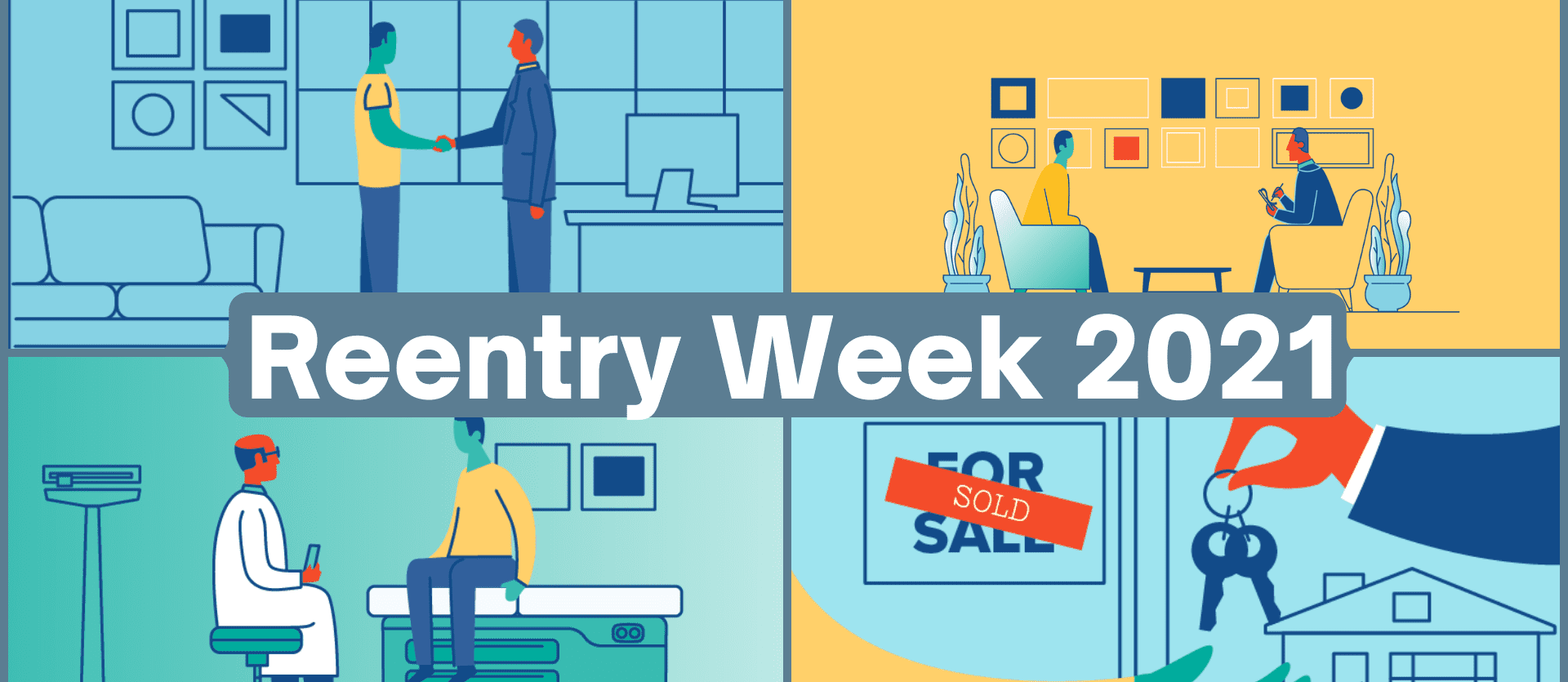
Three Things to Know About Implementing Telehealth in Correctional Facilities
Telehealth has rapidly expanded opportunities to provide health care during the COVID-19 pandemic, especially at a time when offering in-person services can have dire consequences. For jails and prisons, telehealth has also provided a critical avenue to ensure people continue to receive essential medical and behavioral health services while minimizing the health and safety risks to individuals as well as correctional and health provider staff in these correctional facilities.
Despite the surge in interest over the past year, the use of telehealth in correctional facilities is not new. Indeed, a national survey of prison health care in 2013 indicated that 39 of the 45 states that responded were using telehealth for psychiatry. At that time, telehealth was mainly used to reduce travel time and improve communication between correctional facilities and community providers in remote areas. However, with growing rates of people with mental illnesses and substance use disorders in jails and prisons, telehealth has expanded the capacity of correctional facilities nationwide to deliver health services and increased access to these services for people who are incarcerated.
Telehealth can also support people as they prepare for reentry. Virtual appointments help people build relationships with community-based behavioral health providers, increasing the likelihood they continue their care upon release. And case management teams can use telehealth to help facilitate reentry planning and coordination for people leaving jail or prison.
As corrections agencies continue to expand their use of telehealth, they should keep the following three things in mind:
1. Coordination with health care and behavioral health providers can help narrow down telehealth options.
Virtual appointments have been around for years, but in 2020, Medicaid and other non-publicly funded insurance options expanded their coverage to include telemedicine and telehealth services. As a result, more providers are able to offer telehealth appointments to provide an array of services, including mental health and substance use disorder assessment, diagnosis, and individual counseling depending on the state. Corrections agencies looking to implement telehealth in their facilities should coordinate with local providers to find out which technology options they’ve explored and/or currently use and what lessons they have learned so far. This information can be valuable to the planning process, reducing hiccups to implementing telehealth with the correctional health care provider and any community-based treatment providers.
2. The selected technology platform should be one that your agency can maintain and protects sensitive personal information.
With many software options, corrections agencies should know what technology their facilities can support prior to selecting a telehealth platform. This includes making sure there is sufficient broadband access within the jail or prison and that tablets, phones, or computers with videos are available for the health care interactions. This is particularly important for rural communities that may have more limited broadband service.
Corrections agencies will want to ensure that security provisions are included in any software they purchase, especially since telemedicine software often integrates electronic health care records. The behavioral health partner can be a great resource because they have likely already determined which platform best protects their clients’ information. Agencies need to also consult with their information technology staff to ensure certain firewalls are in place to protect people’s private information and to learn how to make live health care interaction possible in a controlled environment.
3. Telehealth appointments require dedicated space for private conversations.
Since people often share personal information with providers, corrections agencies should set aside private space for telehealth appointments. While space is often limited in correctional facilities, some creative options can include using small offices to serve as virtual phone booths or converting other little-used areas into dedicated space as long as these are equipped with the appropriate technology and video capabilities. For jails or prisons that want to allow multiple people to receive telehealth consultations at the same time, they can identify a large area where multiple stations can be created. However, corrections agencies should be mindful that simply dividing a small room into “virtual cubicles” can lead to privacy concerns.
For more resources on implementing telehealth in correctional facilities, see Telehealth and Telecommunication Opportunities in the Criminal Justice System and watch the Bureau of Justice Assistance’s recorded webinar on implementing telehealth in jails.
This project was supported by Grant No. 2020-CZ-BX-K001 awarded by the Bureau of Justice Assistance. The Bureau of Justice Assistance is a component of the Department of Justice’s Office of Justice Programs, which also includes the Bureau of Justice Statistics, the National Institute of Justice, the Office of Juvenile Justice and Delinquency Prevention, the Office for Victims of Crime, and the SMART Office. Points of view or opinions in this document are those of the author and do not necessarily represent the official position or policies of the U.S. Department of Justice.
ABOUT THE AUTHOR

 Zero Returns to Homelessness Initiative Launches Nationally, with Pennsylvania Leading the Way
Read More
Zero Returns to Homelessness Initiative Launches Nationally, with Pennsylvania Leading the Way
Read More
 New Hampshire Continues Justice Reinvestment Effort to Improve Conditions for People Who Are High Utilizers of Criminal Justice and Behavioral Health Systems
Read More
New Hampshire Continues Justice Reinvestment Effort to Improve Conditions for People Who Are High Utilizers of Criminal Justice and Behavioral Health Systems
Read More














